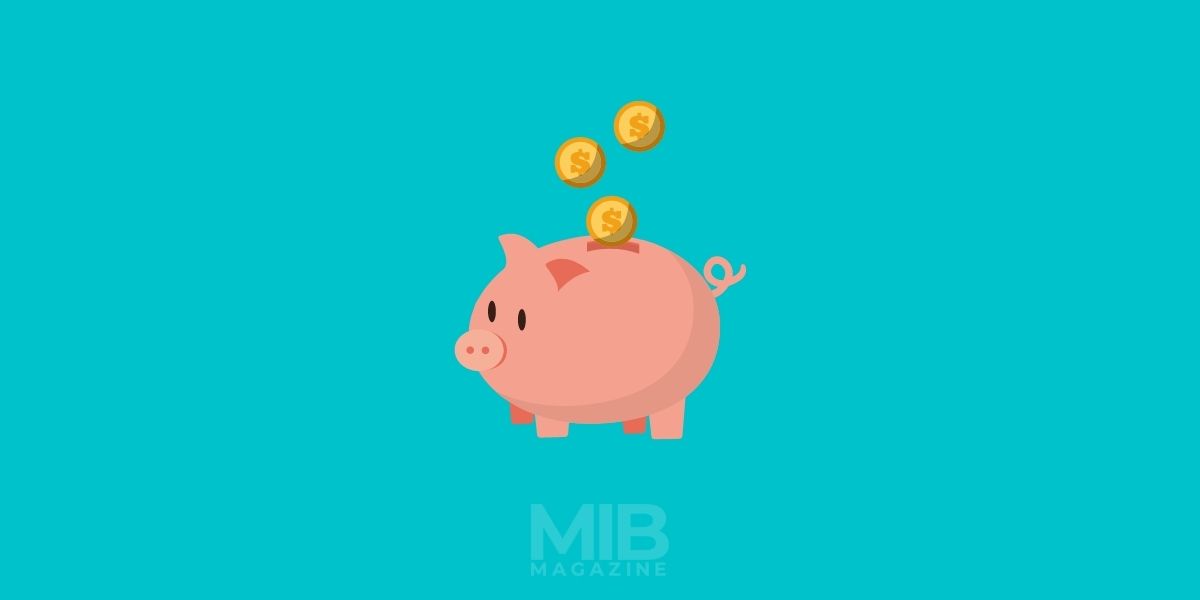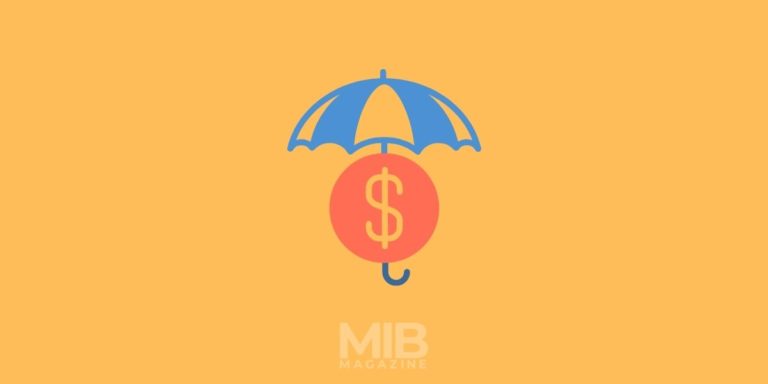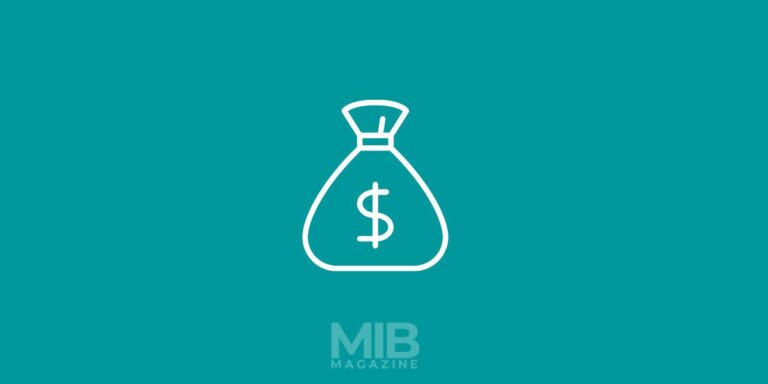How To Save Money and Actually Stop From Spending

These days there are so many things to buy, and it is so tempting to go on a shopping spree whenever possible. But it is necessary to save as much as possible. Saving money helps you deal with emergencies and make significant investments. However, there is no need to put a huge chunk of money in your savings account. You can do so little by little every day. Making conscious financial decisions every step of the way will help to secure your future.
Keep reading to find out how you can save money and avoid spending too much.
Create a Budget
Budgeting is one of the most important ways to save money. You should create a budget that is reasonable and that allows you to save a significant part of your income. Create monthly budgets and write down all expenditures so that you can keep track of your spending.
The easiest way to create a budget is by writing down all the essential expenditures in a month. To this list, add an amount for non-essentials. Try to cut down on spending too much on things you want, but do not need. Write down a target amount that you wish to save. As long as you stick to the budget, you will have enough savings at the end of the month.
While creating a budget, you will be able to eliminate the non-essential items on which you are spending extra money. If you are creating a long-term budget then make sure that you are not spending more than you earn in that period. It is important to keep money aside and not dip it into your savings.
Understand Your Buying and Spending Habits
Try and understand your buying and spending patterns. Do you tend to buy whenever there is a sale? Are you rushing to the shops the minute you get paid? To save more, you need to get to the source of your expenditures, and that is the reason and the time you spend the most.
People often spend a lot after a tough week at work or because of stress. It is known as retail therapy. However, it is also extremely dangerous for your savings. If you tend to buy things whenever you are feeling low, look for other alternatives. Focus on your hobbies, instead of shopping, to take your mind off things that are bothering you. If you find that you are becoming a shopaholic, seek professional help to manage your urges.
Evaluate Expenditures
There are a lot of things to buy, and sometimes it can be hard to resist. If you are shopping for groceries at the supermarket, you might wander around the other aisles and pick up some items that catch your eye. But later you will realize that you have spent more than you should have.
To avoid spending too much, every time you wish to buy something, stop and think about whether you need it. While it is good to pamper yourself and splurge at times, you must also think if you can afford certain purchases.
Evaluate every expenditure to understand how you could be saving more. Take some time to think about what you want to purchase and if you can save a certain amount even after you buy it. If you end up saving less than what your budget says you should, then you need to cut down on the expenditures.
Avoid Credit Card Usage
There are a few financial traps that you need to avoid, and credit cards are one of them. Credit cards are useful as long as you do not spend too much. But as the money is not being debited from your savings account, there is a tendency to constantly use it. As credit card limits are extended, you are encouraged to keep buying. However, at the end of the month, you will realize that the bill is higher than expected. Once the debts start piling up, it will be very difficult to pay them off and control your shopping. So, leave your credit card at home when you go out and only use it for emergency purchases.
Reduce Monthly or Annual Subscriptions
If you are paying for many subscriptions, you should evaluate them. Take a look at the OTT subscriptions you have and check how many platforms you watch content on. If you pay for gym memberships but only visit once in a while, then you might want to change your plans. Cut down on magazine subscriptions if you do not read all of them. Pay for only the subscriptions you need and cancel the rest to save more.
Stick to Certain Financial Goals
Having financial goals is essential in your journey to saving more. Set both long-term and short-term goals. However, make sure there is a balance between the two. Most people set long-term goals and then do not bother about them. Setting more short-term goals will help you be proactive.
Long-term financial goals include saving for a home in the future, keeping money aside for children, and setting up a retirement fund, among others. While such goals are necessary, they are not practical if you do not have any immediate savings. Short-term goals help you achieve that. Short-term goals involve saving for vacations, keeping money aside for down payments, and even creating an overall budget for household expenditures.
Short-term goals can be converted into long-term ones when you are in a stable financial position. For example, you can have small investments and later convert them into long-term assets. You can also start paying off portions of debts so that you are not overwhelmed later. It is easier to introduce small steps and invest in reasonable financial planning than to set goals that are too far into the future and almost impossible to achieve.
Stop Spending Time at Stores
“Window shopping” is something that most people are guilty of. But even if you do not have the intention of purchasing anything, you might end up buying something. The longer you spend wandering around stores, the greater the risk of spending too much.
Plan your visits to the supermarket and only go when you have a bulk order to place. It can be to buy groceries and other essentials every 2 weeks or even more if you have adequate storage. Even if there is a sale, buy what you need instead of going on a shopping spree.
Carry Packed Lunches and Homemade Coffee
One of the biggest daily expenses includes buying food or coffee, instead of making it on your own. A cup of coffee costs between $2 to $4 and while that might not seem much, the amount will pile up to approximately $60 to $100. The same goes for lunch. You can save a significant amount if you cut down on these expenses.
Plan your meals and pack your lunch. If you buy vegetables, staples, and meat in bulk, it will help you save a lot. You can then divide into portions and cook enough for a week’s worth of lunch. Coffee packets are available in every grocery and convenience store. Buy a large packet so that you can carry your coffee in a go-to cup. Not only will this be healthier, but at the end of the day, you will have more savings than ever.
Keep Only a Specific Amount in Your Purse
Do not carry too much cash in your purse. The more money you carry, the more tempted you will be to spend it. However, it is important to keep in mind that you should always have some emergency funds in hand. Check your schedule for the day and calculate how much money you need. Carry a little bit extra to help you in case of an emergency. You can also keep your card if you are sure that you will not use it to purchase anything unnecessary. Carrying less money is a good practice for those who struggle to control their impulses when it comes to shopping. It is also safe, especially if you are commuting at night.
Conclusion
If you are in the habit of shopping often, it can be difficult to save. But it is a practice that you can master. Follow the tips given above and make sure that you set goals for yourself. However, do not forget that it is alright to spend a little bit of money for yourself. You do not always have to spend just on the necessities. Set monthly goals that allow you to splurge a little but also save a lot and you will soon have enough funds saved up!
FAQs
Establish a budget, research ways to reduce your existing costs, find ways to increase your income, and track your spending.
Review your bills and services and look for potential savings, think loyalty and loyalty programs, use cashback and rewards programs, shop smarter and make comparisons
Track your income and expenses to get an idea of where your money is going, determine what your needs and wants are and allocate your money accordingly, set realistic goals for your spending and saving, and regularly review your budget.
Research opportunities for part-time or freelance work, look for ways to invest in stocks or real estate, start a side business, or consider renting out a room or space in your home.
Use financial software, mobile apps, or regular old pen and paper to track your spending to get an idea of where your money is going and what you should cut back on.
Make a list before you go shopping, compare different suppliers, products and prices, get creative with coupons and deals, and take the time to research each purchase before you make it.
Many loyalty programs offer rewards and discounts, free shipping, and exclusive offers. They also allow you to accumulate points that you can redeem for discounts and cash back.
Track and understand your spending, know your limits and stick to them, make a plan of required purchases and items you would like to buy, and take a break from shopping and purchases if you feel like you are about to make an impulse buy.
You simply shop as usual, using your linked debit and/or credit cards, and you earn a percentage of your total purchase in the form of a cashback bonus.
Automate your savings, set spending limits and stick to them, spend less than you make, pay yourself first, and take advantage of any tax credits or deductions you qualify for.






